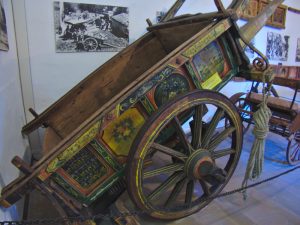
Nowadays the car is probably the most important way of transport everyone has. There are some people that treat it like a wealthy toy, and some others that simply exploit it as much as they can. But which was the equivalent of the car in the past?
In Le Marche quite every farmer used to have a so called biroccio. They were not simple carts, but a real work of art in every farm of the region. Today we would like to guide you through a visit into the Biroccio Museum in Filottrano, which since 1967 has hosted many birocci. The museum is located in the Palazzo Beltrami, and thanks to the work of the local volunteers we can understand better the way of living of these farmers’ past.
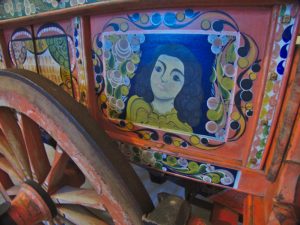 The biroccio is a two wheel cart, usually very coloured and lively. This mean of transport was used even by the Etruscans and the Piceni in central Italy, usually pulled by a pair of oxen. Throughout the years, the biroccio has become a way of telling a story or of sending a message. The main decorations, indeed, were flowers and girls, mainly in the area of Ancona; landscapes, mainly in the area of Pesaro and again flowers in the area around Macerata and Ascoli. The main colours were red, blue, yellow and green, and each element had its own meaning. So, for example, the rose represented the beauty, the grain stood for abundance, the peacock for wealth, the dog for faithfulness and the swallow depicted love. If a man had to painted in a biroccio, very likely he was Saint Antonius Abbot, the patron saint of the cattle.
The biroccio is a two wheel cart, usually very coloured and lively. This mean of transport was used even by the Etruscans and the Piceni in central Italy, usually pulled by a pair of oxen. Throughout the years, the biroccio has become a way of telling a story or of sending a message. The main decorations, indeed, were flowers and girls, mainly in the area of Ancona; landscapes, mainly in the area of Pesaro and again flowers in the area around Macerata and Ascoli. The main colours were red, blue, yellow and green, and each element had its own meaning. So, for example, the rose represented the beauty, the grain stood for abundance, the peacock for wealth, the dog for faithfulness and the swallow depicted love. If a man had to painted in a biroccio, very likely he was Saint Antonius Abbot, the patron saint of the cattle.
- From father to son
- Details
The art of building the birocci used to be passed on from father, called birocciaio, to son for centuries. In Le Marche region there were almost 140 families! Also the painting was often done by the birocciai, and sadly there was only one woman, Adelina Carloni, that was accepted in doing this.
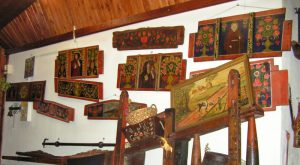 The birocci are nowadays just exhibited during celebrations, or festivities, because of course the mechanized agriculture put an end to them. But it always beautiful to see how creative they were, also in having the oxen with ribbons and flowers. Because the biroccio was not only a means of transport for agricultural products and persons but also a float for weddings or even for funerals.
The birocci are nowadays just exhibited during celebrations, or festivities, because of course the mechanized agriculture put an end to them. But it always beautiful to see how creative they were, also in having the oxen with ribbons and flowers. Because the biroccio was not only a means of transport for agricultural products and persons but also a float for weddings or even for funerals.
If you are lucky enough, you might find a biroccio during a festival or a walk in the countryside.
The museum is free (donations are welcome)
Open: every first Sunday of the month 9.30 – 12.30, 16.30 – 19.30. Or on request: 0039-347.9127011 or quellidellara@libero.it
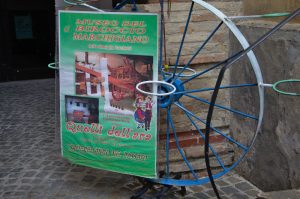
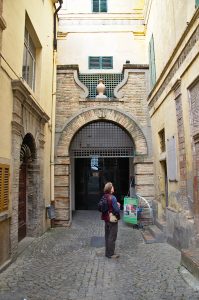
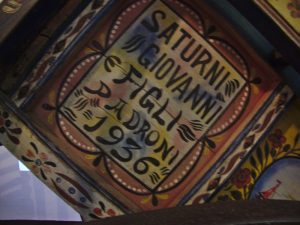
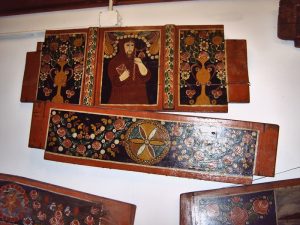
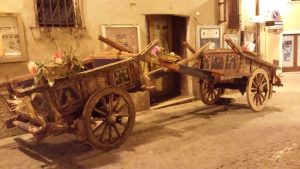

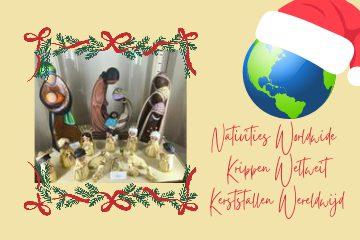
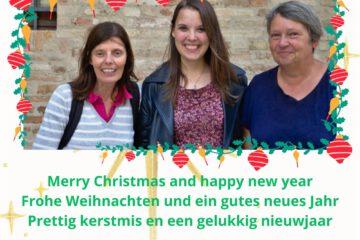
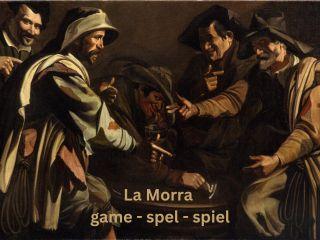
0 Comments